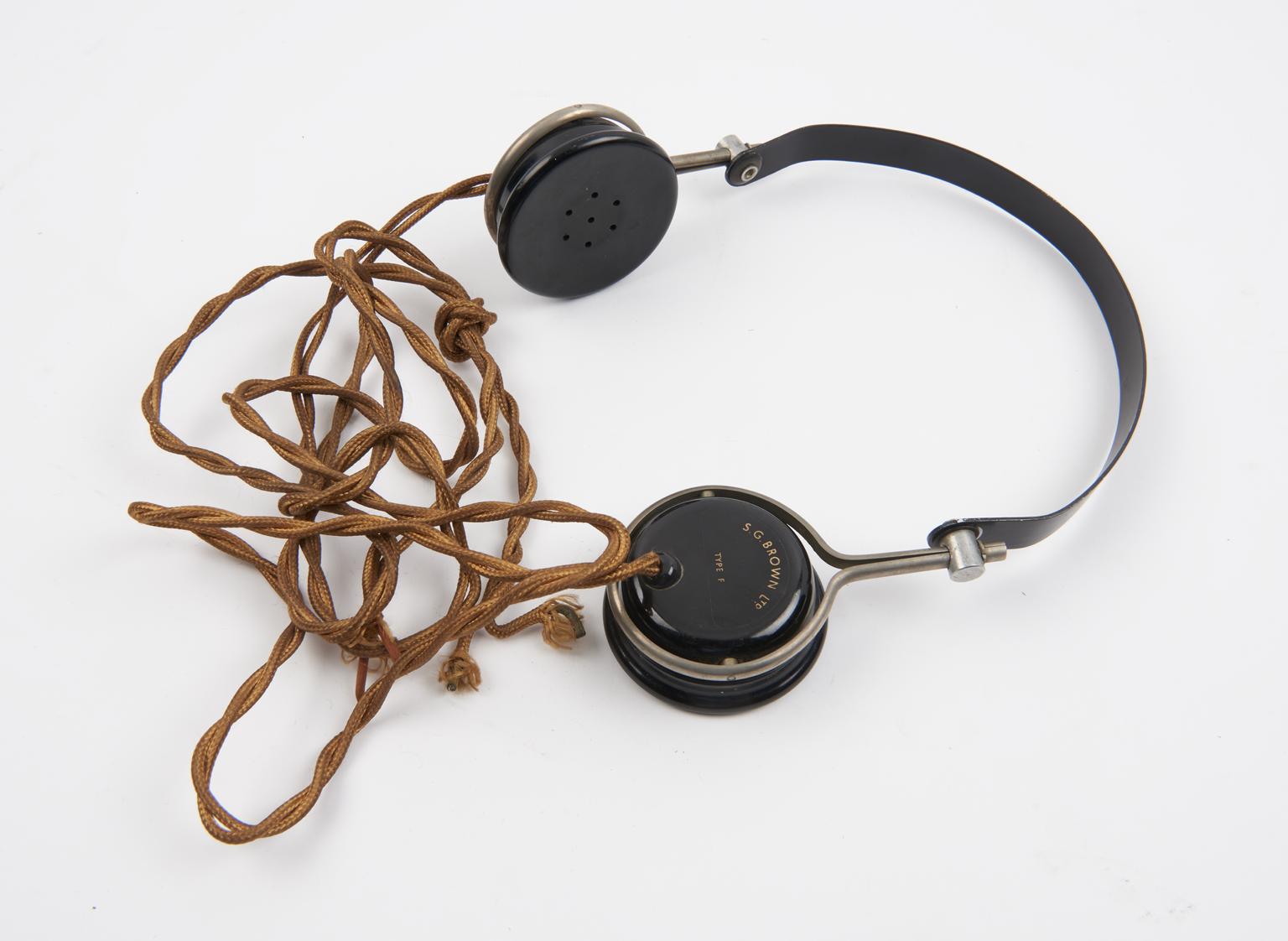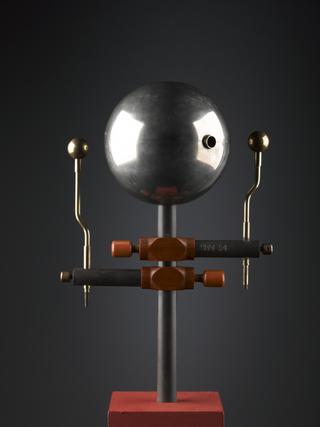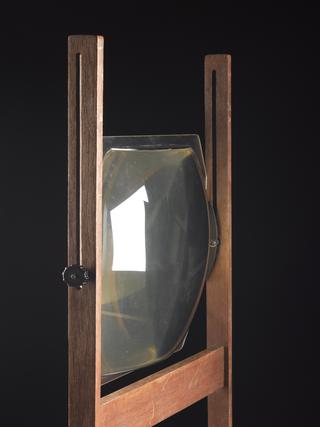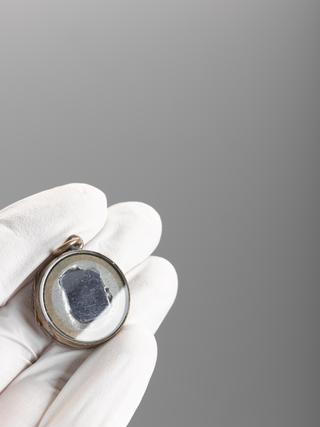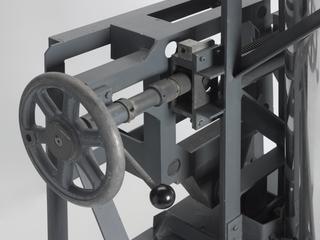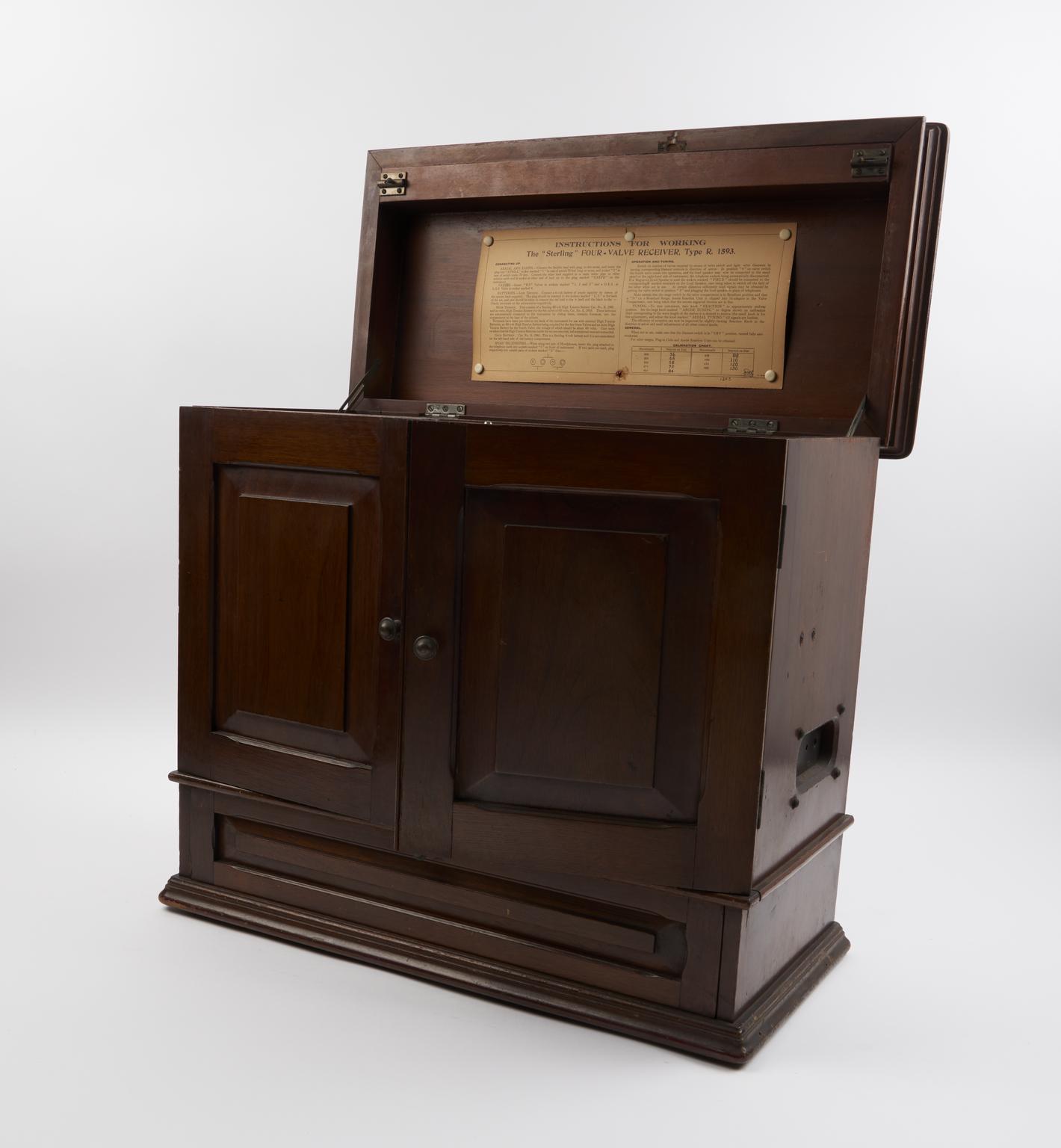
Sterling Broadcast Receiver Type R.1593
Sterling Broadcast Receiver Type R.1593, United Kingdom, c. 1923.
More
Sterling 4-Valve Broadcast Receiver Type R.1593.
Broadcast receiver with early BBC logo transfer. The four valves of this receiver helped to boost the radio signal to amplify the sound for loudspeakers, although this set was acquired with headphones (1959-162/2).
The set was acquired with a Baird Televisor for displaying early television images from an experimental 30 line service begun in 1929. The televisor only displayed the image signal so a separate receiver was required for sound. Initially the image and sound signals were transmitted separately at 2 minute intervals. From 1930 the signals were combined for synchronised television broadcast, although in this set-up the hardware remained independent.
- Materials:
- wood (unidentified) and metal (unknown)
- Object Number:
- 1959-162/1
- type:
- radio receiver
- Image ©
- The Board of Trustees of the Science Musuem

